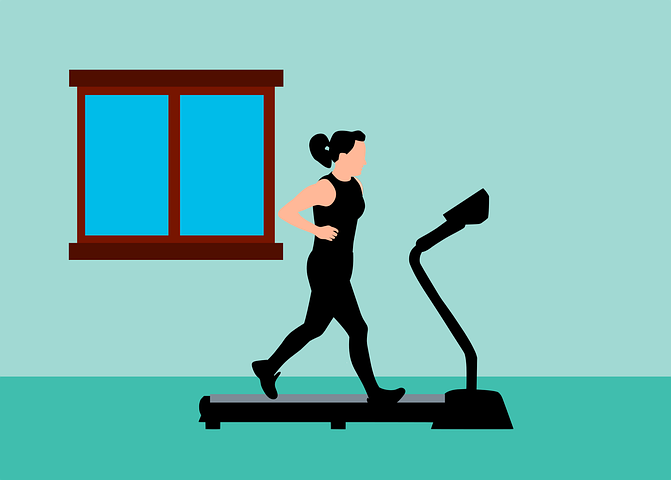Patient management refers to the organization, supervision, and implementation of the strategies to be applied for the successful education and treatment of patients. Our ability to communicate well with the patient is a vital component of clinical interaction.
Patients wish to have both:
– an understanding of the problem, and
– to know what they might do to help themselves.
When self-treatment programs are discussed, the issue often raised is the patient’s compliance with the prescribed treatment strategies. Active patient involvement rather than passive reception of health instructions is the most appropriate model (McKenzie et al. 1990, 2003, 2006).
In a research study by Deyo 1981, the average compliance with medication regimes was shown in only about 50-60% of patients, while the compliance with physical therapy programs was worse at about 40% of patients.
There are several factors associated with non-compliance with exercise regimes as shown in a study done by Sluijs et al. 1993, such as:
– the barriers that patients perceived or encountered in doing the regime.
– the lack of positive feedback.
– the degree of perceived helplessness.
So, it is better to start off by teaching patients who are less compliant with simple one-step instructions for one specific exercise for muscular recovery and one for postural correction. This will keep it simple and gain the patient’s involvement.
Next, the following responsibilities/expectations should be made clear to the patients as they progress through the treatment sessions:
– to learn about the condition and its management (in a simple way and individualized according to the patient’s needs and concerns).
– to take responsibility for self-management and join decision-making (active self-management is the preferred outcome).
– to evaluate their health care experience.
It is the responsibility of clinicians to create this state of mind as we advocate and facilitate recovery for our clients.
References:
- McKenzie RA. The Lumbar Spine: Mechanical Diagnosis and Therapy. Waikanae, New Zealand: Spinal Publications; 1990.
- McKenzie R, May S. The lumbar spine: mechanical diagnosis and therapy. 2nd ed. Waikanae: Spinal Publication Ltd; 2003.
- McKenzie R, May S. The cervical and thoracic spine: mechanical diagnosis and therapy. 2nd ed. Waikanae: Spinal Publications; 2006.
- Deyo RA,Inui T S,Sullivan B. Non-compliance with arthritis drugs: magnitude, correlates and clinical implications.J Rheumatol 1981; 8: 931-6.
- Sluijs EM, Kok GJ, van der Zee J. Correlates of exercise compliance in physical therapy. Phys Ther. 1993 Nov;73(11):771-82; discussion 783-6.
